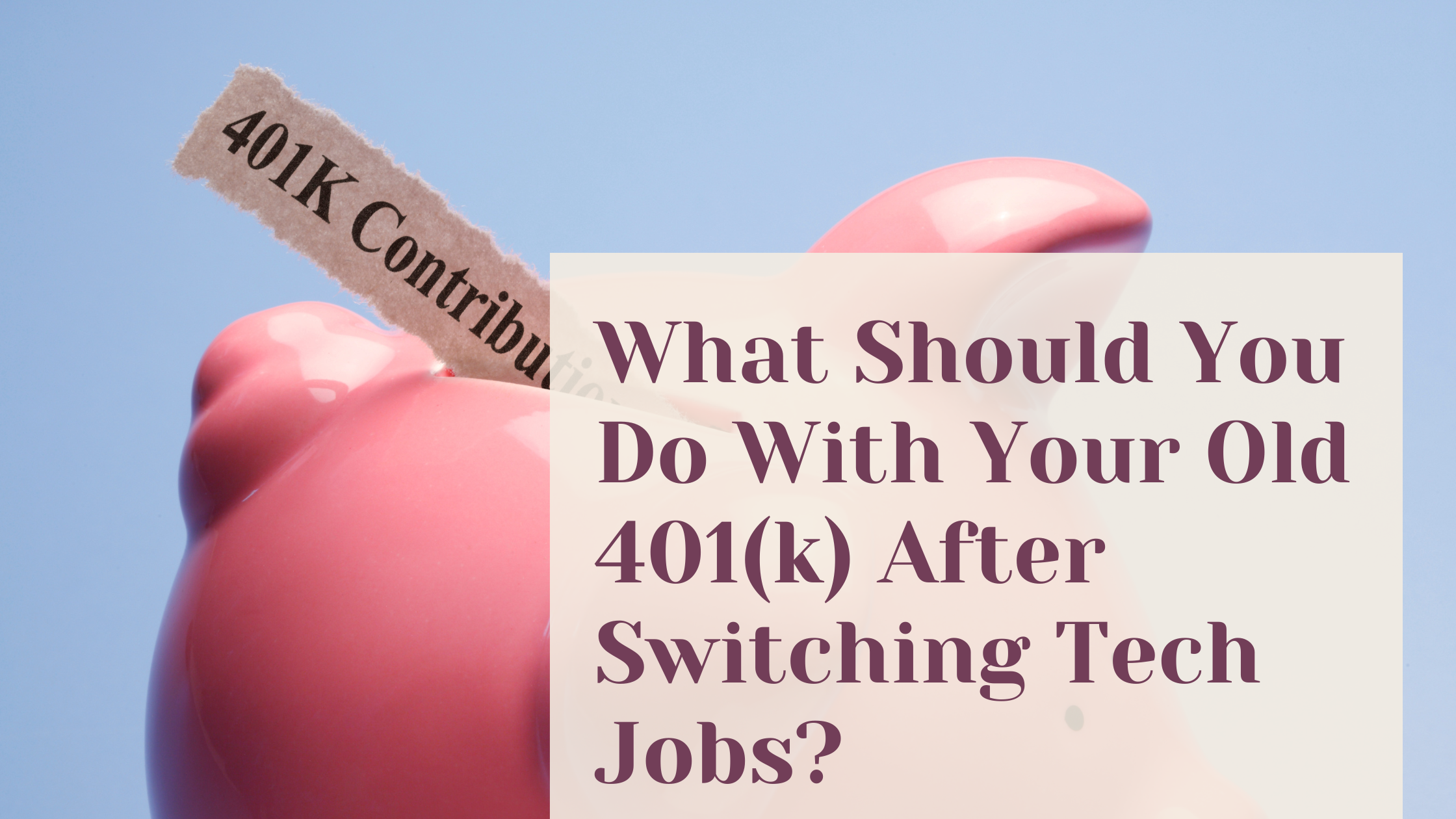A case for investing now and staying invested
After cratering to a low of -23.04% for the year in mid-June, stocks have climbed up and now sit at a low of -13.03% year to date. Volatility remains high and many investors are still waiting in the wings for a clearer signal before jumping back into investing their cash. But remember, you might never get the clarity you are craving. If history is any guide, by waiting now, you are more likely to miss out on the window of opportunity rather than mitigate any losses. So, if you are sitting on cash, here is a case for why you should invest today.
If you would like us to review your current investments and give you our recommendations, please book a free consultation here.
Summary:
- The Fed has taken aggressive action to tamp down inflation and it has done so without causing a recession. GDP has slowed down but jobs and fundamentals of the economy are still healthy
- Markets are forward looking and have already priced in rising rates
- The larger unknown is the war in Ukraine and China’s zero Covid policy that have both contributed to supply chain disruptions and inflation
- If a recession materializes in the future, stock prices will go down but the chance of an imminent recession is low at this point
- Historically when the S&P 500 drops below 20%, over the next 12 months, it’s produced an average of 22.7% in return
- The downside risks are ever present when investing, but given the big picture, investing now makes sense, if you’re a long-term investor
Let’s look at the data:
- GDP decreased at an annual rate of 0.9% in the 2nd quarter. The decreases were business-investment driven – consumers are still spending
- The inflation data for July has not yet been published but is estimated to slow down on a monthly and annual basis, coming down from a 40-year high of 9.1% CPI in June
- July unemployment rate was at a historic low of 3.5%, showing that even though GDP has slowed down, we cannot call this a recession
- University of Michigan Consumer Sentiment Index rose to 51.5 in July. This is an improvement over the historical June low of 50
- With Q2 earnings results in from 87% of S&P 500 companies, three-quarters have topped consensus earnings estimates, according to FactSet. That rate is slightly lower than those of recent years, but the better-than-feared
We’re not in a recession
To bring down inflation, the Fed has increased interest rates dramatically and has vowed to keep raising rates. Rising rates are typically negative for stock prices and rate shocks can potentially tip the economy into a recession. So far, there is no sign of an imminent recession. The GDP has slowed down but the overall economy is still healthy with low unemployment and strong consumer spending.
Rate increase is already priced into stock prices
Markets adjust based on what it expects will happen. So, current stock prices already reflect the Fed’s rate increases. The Fed’s messaging regarding inflation and rate increase has caused an overall tighter financial environment. Despite this, company earnings have not been bad. With results in from 87% of S&P 500 companies, three-quarters have topped consensus earnings estimates, according to FactSet. That rate is slightly lower than those of recent years, but the better-than-feared reports.
There are still some exogenous risks
There’s still a chance of recession given how aggressive the Fed’s stance has been on inflation. There’s also a chance that the Fed will not really be able to control inflation, given exogenous events such as the Russia- Ukraine war that has caused energy inflation and the Zero-Covid policy in China that has caused massive supply chain bottlenecks.
But the long term is still compelling
Besides inertia, another big bias that prevents investors from doing well in the market is a recency bias. This is where investors give a much bigger weight to recent events and fail to recognize its place in the larger scheme of things. If we zoom out of the recent bear market and look at the longer trajectory of the market, we can see that it has been climbing up throughout history. Despite 12 bear markets of at least a month in length, $1,000 invested in the S&P 500 since 1926 would be worth over $11 million as of 6/30/22. This includes the current -20% bear market. If you believe that in the long-term, the stock market will go up, with stocks still down year to date, it is still a good buying opportunity. Historically, since World War II, when the S&P 500 drops below 20%, over the next 12 months, it’s produced an average of 22.7% in return. The S&P had dipped down to about -23% in June and since then, it’s rallied and is now at -13% year to date. So, there’s still room for price appreciation.
Case for investing now in lumpsum vs. doing so over multiple tranches
Okay now that you are ready to invest, the next question is should you invest now in lumpsum or do so over multiple tranches?
There has been extensive research to answer this question and the conclusion is unanimously in favor of investing now in lumpsum vs. tranching in. As we have mentioned above, over time, the market goes up. So, the amount you have in cash will underperform as the market appreciates. Second, this question focuses too much on stock price. But, stock return is not just the price return, it also includes dividends and compound returns of those dividends. The longer you invest, the higher those dividends and compound returns.
Waiting to invest only works when the market is falling. At this juncture, a recession is not imminent and the odds of a painful recession are pretty low. Lastly, trying to predict the next market downturn is extremely difficult, if not impossible. So, by waiting to invest now, you have higher odds of losing out on the current opportunity and lower odds of profiting from the next downturn.
Next steps for you
- Diversify your holdings: Given how badly tech was beaten up during the downturn, you might be tempted to double down on tech stocks again. However, remember that one of the biggest reasons why tech and growth companies did so well in the last decade was because of the low-interest rate environment. Going forward, rates are likely to be higher. So, tech and growth stocks might not fare as well. Instead invest in a diversified mix of value and growth stocks, as well as large and small cap stocks
- Add dividend stocks: Another result of higher interest rates is that we might be in a low growth environment for a few years to come. In such an environment, investing in companies that pay dividends and increase their dividends can be a good idea
- Stay nimble and invest in short-term opportunities such as energy and commodity stocks to take advantage of market dislocations
If you would like us to review your current investments and give you our recommendations, please book a complimentary consultation below:









Leave a Reply
Want to join the discussion?Feel free to contribute!